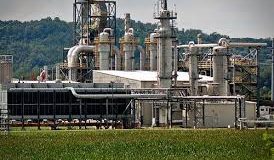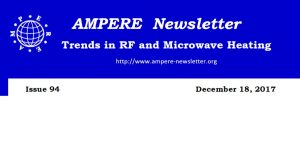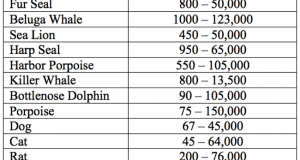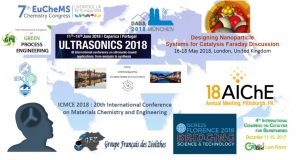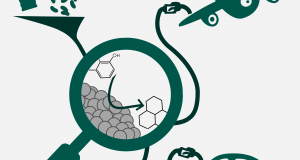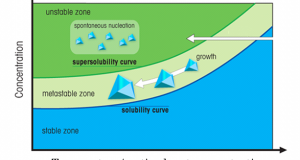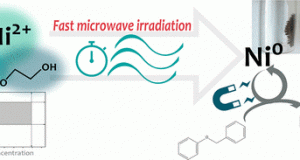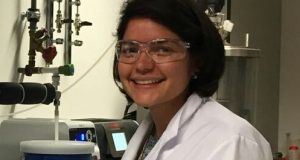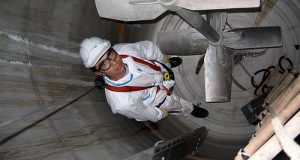— Alessio Zuliani, University of Cordoba One of the most captivating reply to the challenge for substituting fossil sources, is the employment of renewable bioresources through new sustainable processes.1 Truthfully the exploitation of biomass can potentially satisfy a variety of needs, including generating electricity, heating homes, fueling vehicles and provide raw materials. Until the middle of 20th century, many industrial materials ...
Read More »News
Trends in RF and Microwave Heating
AMPERE (Association for Microwave Power in Europe for Research and Education) launched it’s 94th newsletter. This newsletter contains papers on: Online measurement of magnetron Rieke reflection coefficient Can a semiconductor generator be used at microwave heating or energy applications? A new multi principal element alloy synthesized by microwave powder metallurgy Greening the green ethylene with microwaves Surface-charge mobility theory – ...
Read More »Ultrasound and its Applications
— Ekim Sarac, University of Göttingen Sound is a waveform consisting of density variations in a medium (such as gas, liquid or solids) propagating away from the source. The immediate property of sound is its frequency which is mostly measured in cycles per second, or hertz (Hz). Hertz, equal to the reciprocal of second, is the unit of the frequency. Sound ...
Read More »Interesting conferences in 2018
Christmas is coming, 2017 is ending so time to dream about next year. Are you still wandering which conferences you will visit in 2018? Take a look in the following infographic on interesting conferences organised in 2018 on flow chemistry, ultrasound, microwaves and nanoparticles. infographic conferences
Read More »Catalysts: A Pathway for Sustainable Development
— Prabhat Ranjan, KU Leuven We all have encountered the word “catalysis” during our high school chemistry. Catalyst is a substance which can accelerate the kinetics of a reaction without getting chemically involved in it. Ultimately, first question which arises in our mind is “ How does this happen?” In order to understand the behavior of catalyst, let me take you ...
Read More »New paper on advances in nanocatalysts design for biofuels production
Alessio Zuliani wrote a mini review on advances in nanocatalysts design for biofuels production The exploitation of nanocatalysts, at the boundary between homogeneous and heterogeneous catalysis, is tracking new efficient ways to produce renewable biofuels in environmentally friendly conditions. Their solid state makes them recyclable, and their nanomateric particle size enables high activities approaching those offered by homogeneous catalysts, ...
Read More »Interdisciplinary Aspects of Continuous Sono-Chemical Pharmaceutical Crystallization
—Mohammed Noorul Hussain, KU Leuven The pharmaceutical industry that is leading a $1000 Billion worldwide market, is looking forward to a new future with the use of techniques like ultrasound. Ultrasound can potentially increase nucleation rates that will reduce the production time. Also, as the industry is fast moving towards continuous crystallization by replacing the existing cumbersome batch reactors, isn’t it ...
Read More »First COSMIC paper on Microwave-Assisted Synthesis of Ni nanoparticles
Alessio Zuliani published the first paper on Efficient and Environmentally Friendly Microwave-Assisted Synthesis of Catalytically Active Magnetic Metallic Ni Nanoparticles Pure magnetic metallic nickel was synthesized by a simple and fast microwave-assisted method using a monomode microwave reactor. Nickel chloride was employed as metal precursor, while an environmental-friendly mixture of ethylene glycol and ethanol ...
Read More »The Adventure Behind a Secondment!
— Heidy Ramirez, Arkema It has been two months since I moved to Leuven, Belgium for my secondment at KU Leuven. Wait a moment… why am I in Belgium and what is a secondment? Marie Curie projects are characterized by international mobility, intersectoral and multidisciplinary exchange; a secondment is a short period of time in which the ESR is received by ...
Read More »Easier, Faster and with Less Waste: Complex Molecules on Tap
— Vidmantas Bieliūnas, KU Leuven When I first had the opportunity to visit a rather small and shabby chemical plant, I was bewildered by the sheer magnitude of a standard batch reactor. Having only worked with flasks that range from 5 milliliters to 5 liters, the 12000-liter reactors looked both amazing and scary. Then I heard a few stories about failed ...
Read More »
